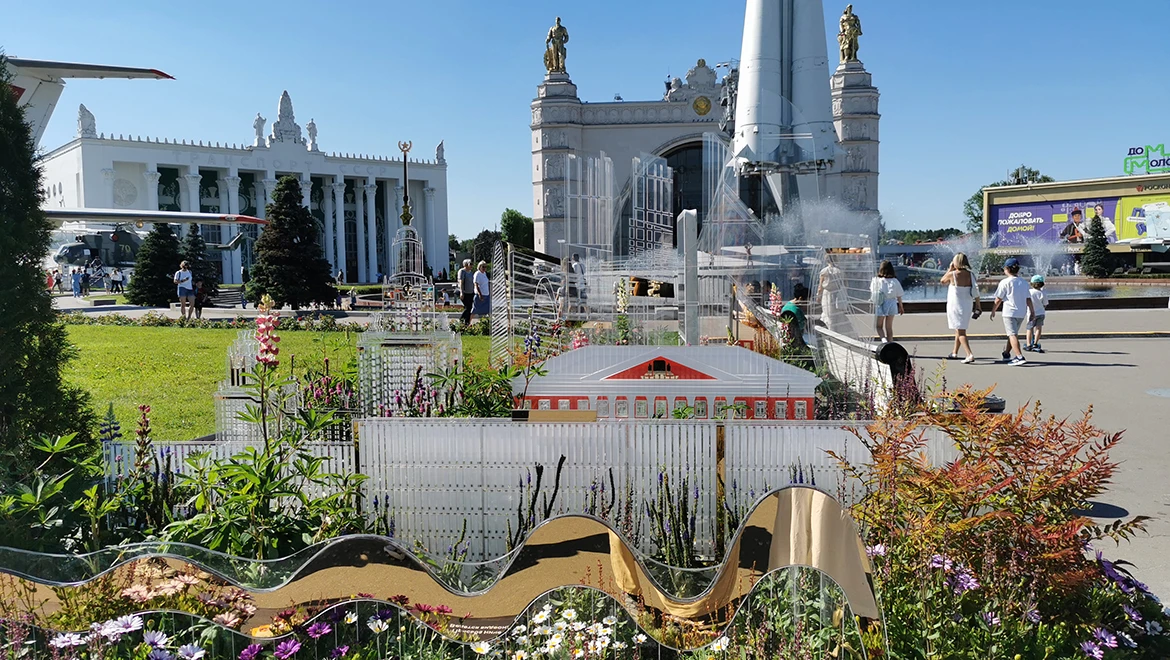Sanctuary Places: Unity of Man and Nature. Republic of Tuva
At the crossroads of Asia and Eastern Siberia, 4600 km away
from Moscow, lies a land where mountains are regarded as elder relatives, where
people believe in Buddha and visit shamans, and where the endless steppes and
hills seem otherworldly.
The entire Republic of Tuva is like a large nature reserve. The preserved flowers are not just plants indeed; they are symbols of hope, harmony, and the infinite beauty that man and nature create together.
To create a flowerbed reflecting the beauty and uniqueness of the Republic of Tuva, not only bright flowers and plants were used, but also landscape elements made of wood and stone. An interesting design solution includes petroglyphs with patterns and motifs characteristic of the Tuvan people.
The exposition also features an original imitation of water, achieved through decorative glass "erklez," dazzlingly shimmering under the sun's rays. These water elements symbolize numerous rivers and lakes that are abundant in the republic.
Among the plants symbolizing the region, the Siberian juniper (artysh) stands
out. Artysh is well known in Tuva and other regions where traditional shamanism
has been preserved. It is believed to grow in places of energy emergence. These
places, called "rose of the winds," are where the elements meet. The
places where artysh grows are considered "sacred places," ideal for
meditation and contemplation.
Along with the RUSSIA EXPO, the flower festival is also coming to an end.
The "Future in Flowers" festival continues at the RUSSIA EXPO, where unique flowerbeds from all regions of our country can be seen at the "Space" pavilion until July 8.
The RUSSIA EXPO concludes on July 8, and with it, the flower festival will also come to an end.





